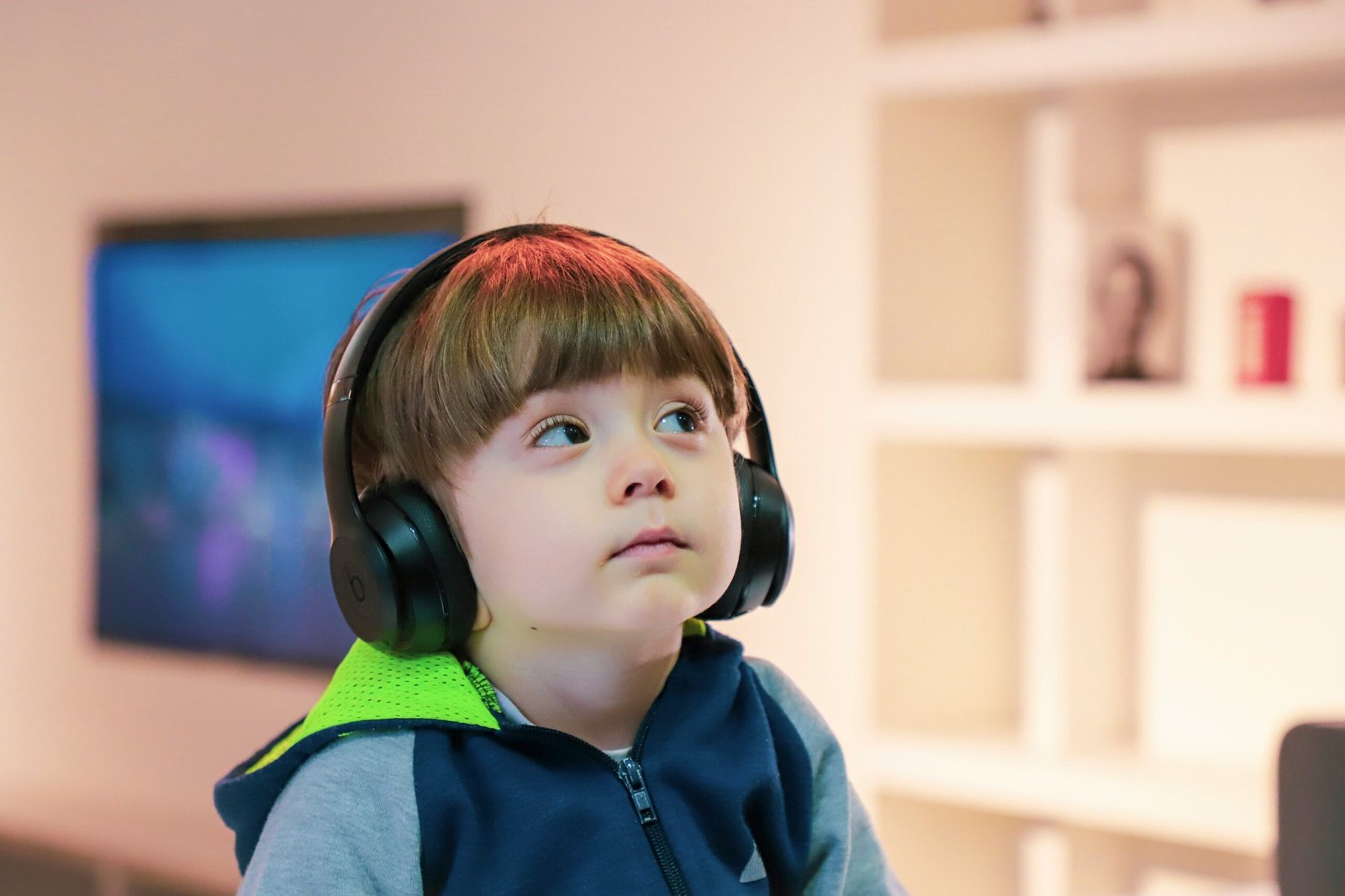What are the 7 types of autism?
Autism is often described as a spectrum because it includes a wide range of symptoms, traits, and support needs. As understanding of autism has grown, it’s become clear that each autistic individual has a unique profile. Although the official diagnostic manual (DSM-5) currently classifies autism as a single diagnosis—Autism Spectrum Disorder (ASD)—there are still variations and subtypes that reflect different ways autism may present.
Here’s an overview of seven common types or presentations of autism. These classifications can help you better understand how autism can vary and how each type has its own set of characteristics and challenges.
1. Classic Autism (Autistic Disorder)
Classic autism, or Autistic Disorder, is generally what people think of when they hear the word “autism.” This type of autism typically involves significant challenges with communication, social interaction, and behavior. Classic autism is often diagnosed in early childhood, as symptoms tend to be more pronounced. Characteristics of classic autism may include:
- Delayed language development or complete lack of verbal communication
- Limited eye contact and difficulty with social cues
- Repetitive behaviors, such as hand-flapping or rocking
- Strong need for routine and resistance to change
- Sensory sensitivities, such as aversion to loud noises or bright lights
2. Asperger’s Syndrome
Asperger’s Syndrome is often considered a “high-functioning” form of autism, although this term can be misleading and controversial. People with Asperger’s typically have average to above-average intelligence and may have strong verbal skills. However, they still face challenges in social interactions and often have narrow, intense interests. Characteristics of Asperger’s Syndrome include:
- Difficulty understanding social norms and cues
- Strong interests or hobbies that may seem unusual in intensity or focus
- Limited or awkward use of gestures and facial expressions
- Sensory sensitivities, though often less severe than in classic autism
- Difficulty understanding other people’s perspectives or emotions
While Asperger’s Syndrome is no longer a separate diagnosis in the DSM-5, many individuals still identify with the term and find it useful for understanding their experiences.
3. Pervasive Developmental Disorder-Not Otherwise Specified (PDD-NOS)
PDD-NOS, or Pervasive Developmental Disorder-Not Otherwise Specified, is sometimes referred to as “atypical autism.” This classification was used for individuals who had some, but not all, of the characteristics of autism or whose symptoms were milder. PDD-NOS is no longer a separate diagnosis in the DSM-5, but the term still appears in medical and educational contexts. Characteristics may include:
- Milder social and communication challenges
- Some repetitive behaviors and sensory sensitivities
- Difficulty fitting into the typical autism spectrum categories
- May not fully meet the criteria for classic autism or Asperger’s Syndrome
4. Childhood Disintegrative Disorder (CDD)
Childhood Disintegrative Disorder, also known as Heller’s Syndrome, is a rare and severe form of autism. It is unique in that children with CDD develop normally for the first few years of life, usually until age 3 or 4, and then experience a significant regression. This regression can affect language, social skills, motor skills, and self-care abilities. Characteristics of CDD include:
- Loss of previously acquired language, motor, and social skills
- Repetitive behaviors and restrictive interests
- Severe developmental delays following regression
- Intense need for support and structured environment
Due to its rarity, Childhood Disintegrative Disorder is often less discussed, but it remains a notable subtype within the autism spectrum.
5. Rett Syndrome
Rett Syndrome is a rare genetic disorder primarily affecting females and is sometimes included within the autism spectrum because it shares some similar characteristics. Rett Syndrome typically involves normal early development, followed by a period of regression where children lose motor skills, speech, and social engagement. Characteristics of Rett Syndrome include:
- Loss of motor skills, particularly hand use, with repetitive hand-wringing
- Severe cognitive impairments and loss of speech
- Difficulty with social interaction, often due to physical limitations
- Breathing irregularities, seizures, and other neurological symptoms
Rett Syndrome has a genetic basis, specifically a mutation in the MECP2 gene. While it is classified separately from autism, its overlapping features have led to discussions about its inclusion within the spectrum.
6. High-Functioning Autism
High-Functioning Autism (HFA) is a term often used to describe individuals with autism who have fewer support needs and generally function independently in many aspects of life. People with HFA may have strong verbal skills and cognitive abilities but still face challenges with social interactions and sensory sensitivities. Characteristics of High-Functioning Autism include:
- Difficulty understanding social cues and engaging in social settings
- Intense focus on specific interests or hobbies
- Sensory sensitivities to stimuli like sound, light, and textures
- Strong verbal and intellectual skills, though communication can be affected
- Need for routine and predictability
It’s essential to recognize that “high-functioning” does not mean an absence of challenges. People with High-Functioning Autism may still need support in specific areas, particularly when it comes to managing social interactions and sensory sensitivities.
7. Nonverbal Autism
Nonverbal Autism refers to individuals on the autism spectrum who do not use spoken language to communicate or have limited verbal abilities. Nonverbal individuals may communicate using other methods, such as gestures, sign language, or alternative communication devices. Characteristics of Nonverbal Autism include:
- Limited or no spoken language skills
- Use of alternative communication methods, like gestures or devices
- Strong need for visual aids and predictable routines
- Difficulty with social interactions and making connections
- Often highly observant and may show proficiency in nonverbal communication
Nonverbal Autism does not equate to intellectual disability. Many nonverbal individuals are highly intelligent and can express themselves in other ways.
Table: Summary of 7 Types of Autism
| Type | Characteristics |
|---|---|
| Classic Autism (Autistic Disorder) | Delayed language, social challenges, repetitive behaviors, sensory sensitivities |
| Asperger’s Syndrome | Strong verbal skills, intense interests, social challenges, sensory sensitivities |
| PDD-NOS | Milder symptoms, does not fit other categories, some social and communication challenges |
| Childhood Disintegrative Disorder | Normal early development, followed by severe regression and developmental delays |
| Rett Syndrome | Genetic basis, severe cognitive and motor impairments, breathing issues, primarily affects females |
| High-Functioning Autism | Strong cognitive abilities, social challenges, sensory sensitivities, intense interests |
| Nonverbal Autism | Limited or no spoken language, alternative communication, highly observant, needs visual support |
Recognizing Different Types of Autism
Understanding the diversity within autism can be incredibly valuable, especially if you’re trying to better understand yourself or someone close to you. Each type reflects the spectrum’s variety, showing how autism affects individuals in unique ways. However, it’s important to remember that while these types outline common characteristics, autism is highly individualized. Every autistic person has a unique combination of traits and experiences.
The Importance of Personalized Support
Regardless of the type, personalized support can make a tremendous difference in the quality of life for individuals with autism. Each type may require different forms of support, from social skills training and sensory accommodations to alternative communication methods and personalized routines. Here are some examples of support strategies tailored to different types:
- Classic Autism: Support may include speech therapy, behavioral interventions, and sensory-friendly environments.
- Asperger’s Syndrome: Social skills training, counseling, and support with understanding social cues can be helpful.
- PDD-NOS: Mild to moderate interventions, such as structured routines and communication support.
- Childhood Disintegrative Disorder: Intensive interventions, including physical and occupational therapy.
- Rett Syndrome: Medical management, physical therapy, and assistive devices for mobility and communication.
- High-Functioning Autism: Social coaching, assistance with executive functioning, and sensory accommodations.
- Nonverbal Autism: Communication devices, visual aids, and structured environments.
Frequently Asked Questions
Why are there different types of autism?
Autism is a spectrum disorder, meaning that it includes a wide range of symptoms, traits, and support needs. Each type reflects a different aspect of this diversity, capturing variations in social, communicative, and behavioral challenges.
Are these types of autism officially recognized?
The DSM-5, the main diagnostic manual for mental health professionals, currently uses a single classification: Autism Spectrum Disorder (ASD). However, terms like “Asperger’s” and “High-Functioning Autism” are still widely used by many people and clinicians to describe specific profiles within the spectrum.
Can someone have more than one type of autism?
Autism is highly individualized, and traits from different types can overlap. Many autistic individuals may identify with more than one type’s characteristics, which is why the spectrum model is useful.
How do I know which type of autism applies to me?
Determining the type of autism can involve a comprehensive assessment by a professional, often through evaluations that consider developmental history, social and communication skills, and sensory experiences. This process can provide insights into your unique profile.
Is one type of autism more severe than another?
Each type of autism can involve different levels of support needs, and no single type is universally more or less severe. Some individuals may have high support needs in one area (like communication) and be more independent in others, which varies widely from person to person.
Final Thoughts
The seven types of autism illustrate the diversity within the autism spectrum. Whether you or someone close to you identifies with classic autism, Asperger’s, or nonverbal autism, understanding these distinctions can be an empowering tool for finding the right support and accommodations. Remember that these categories are just guidelines, and each person on the autism spectrum is unique. Embracing your specific traits and needs is the best path toward a fulfilling and authentic life.







